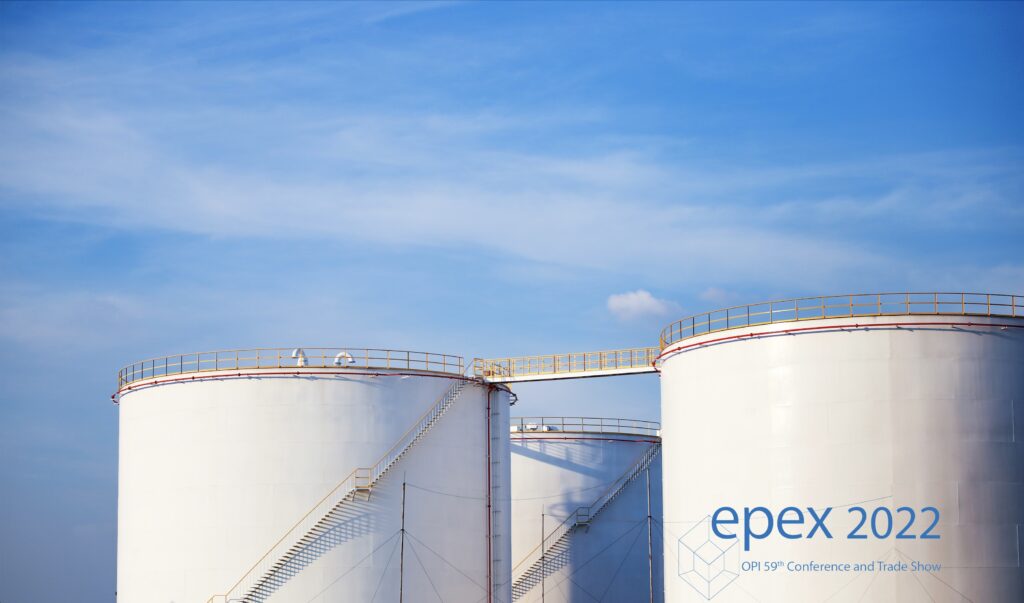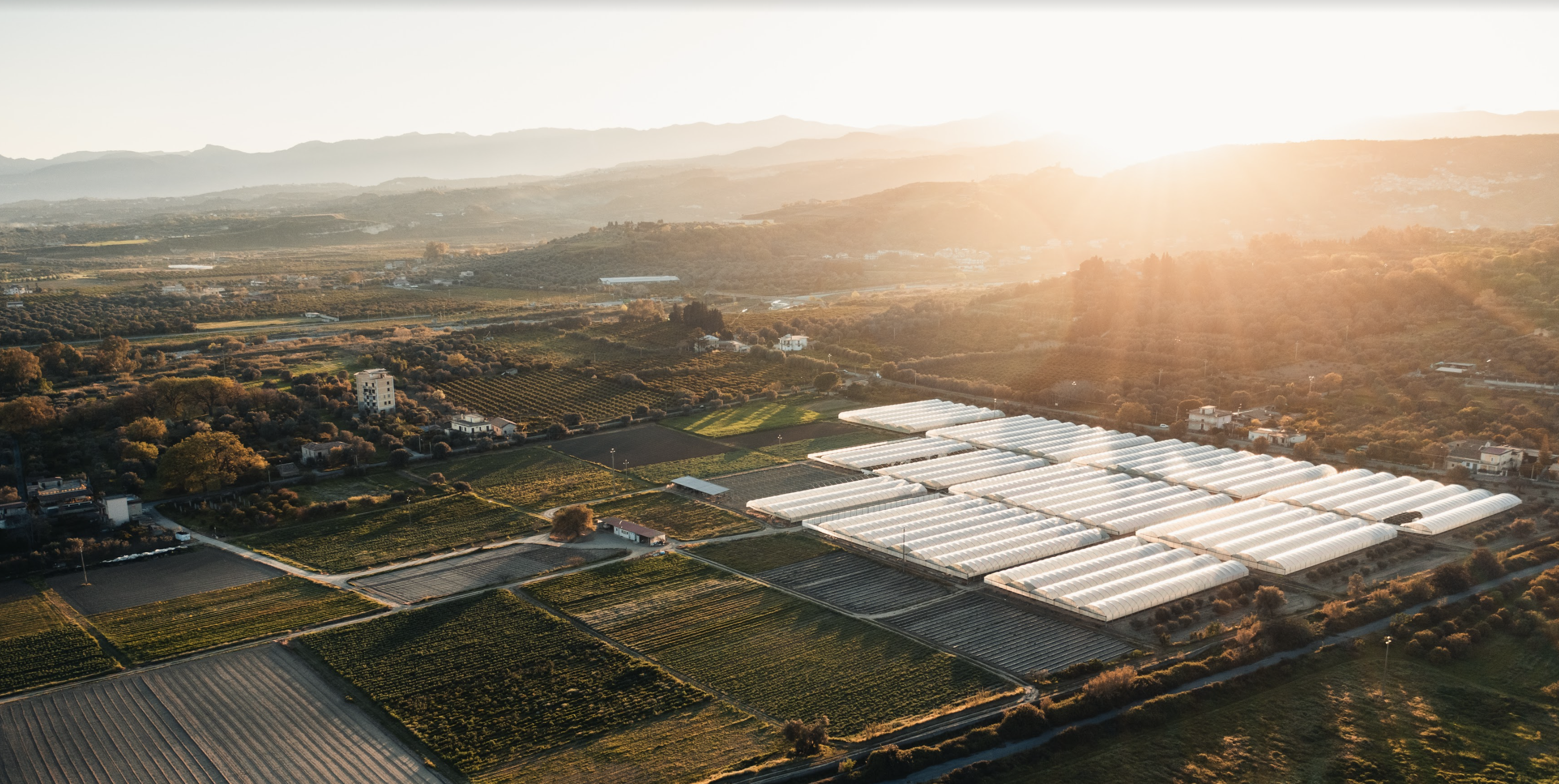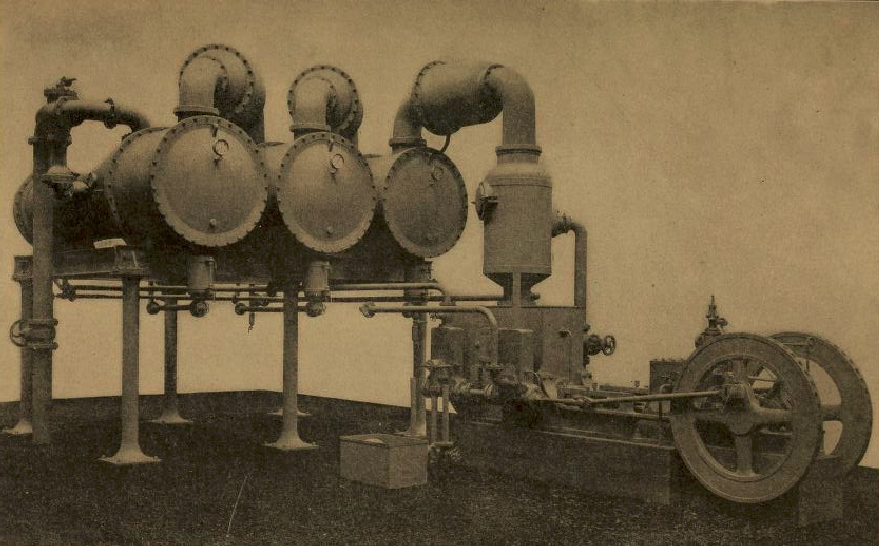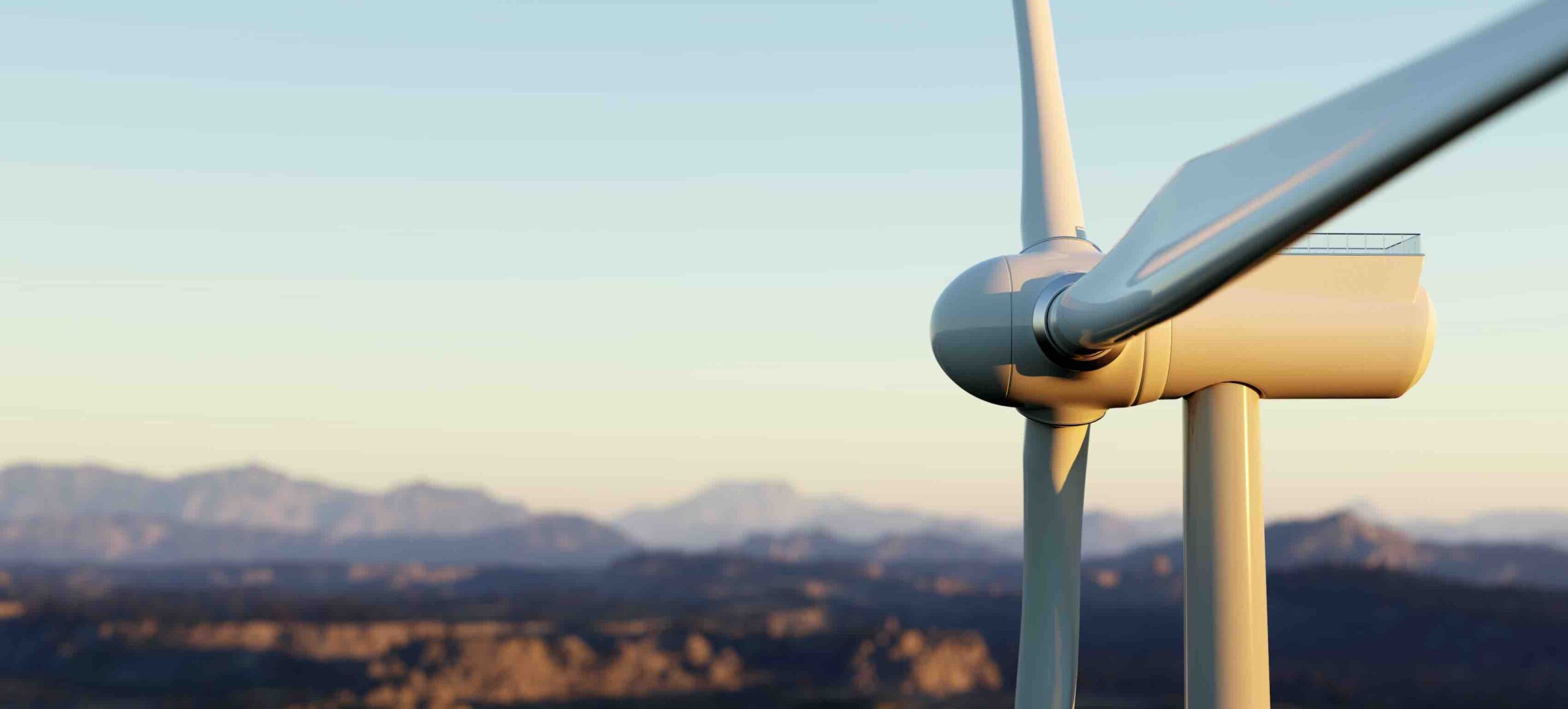
EPEX 2022: Ontario Petroleum Institute 59th Conference and Trade Show
Evan Tummillo, Director of Research and Vendor Relations and Tanya Mackie, Director of Project Management provided an update on Bedrock’s CAES project at the EPEX 2022: Ontario Petroleum Institute 59th Conference and Trade Show in May 2022.
Updates include the project’s progress, its implications from regulatory and electrical grid operations perspectives, and how Bedrock is contributing to a green future by leveraging experience and insights from the last century.
London, Ontario | May 31, 2022
VIDEO TRANSCRIPT:
00:01:49 - 00:03:35
Evan Tummillo:
Good day, everyone. My name is Evan Tummillo, Director of Research and Vendor Relations at Bedrock, and joining me is Tanya Mackie, our Director of Project Management, who frankly even now is keeping me on task.
From the both of us on behalf of Bedrock, we’d like to extend our appreciation for being able to present today on the exciting developments within our project, their implications from a regulatory and electrical grid operations perspective, and finally, how esteemed members of this group are positively contributing to a green future while leveraging the experience and insights developed over the last century.
Indeed, the time has come for widespread adoption of energy storage technologies. Multiple levels of governments, both domestically and internationally, have set ambitious greenhouse gas emission reduction plans driving not only greater adoption of electrification in our daily lives, but ensuring the electricity sector itself transitions to a greenhouse gas free system-– entering Bedrock.
Beginning with the basics, Bedrock is an early stage energy storage project developer with a focus on grid scale storage solutions. Our current project is a compressed air energy storage development, denoted as the Bayfield and Stanley Facility located in the municipality of Bluewater Ontario. Both Bayfield and Stanley are Silurian Pinnacle Reef porous rock reservoirs which reside in close proximity to one another, roughly 10 kilometers apart. Both reservoirs were formerly natural gas production facilities which will now be connected via a compressed air pipeline. Before launching into an overview of the technical developments associated with the projects. Please take a moment to enjoy this brief video on Bedrock’s case system.
00:01:49 - 00:03:35
00:05:23 - 00:08:03
Evan Tumillo:
Not to steal my colleagues thunder, but perhaps the most exciting updates we can provide relate to the technological aspects of the project. From transitioning the equipment configuration by ensuring a completely green project to connecting the individual reservoirs via an air pipeline, there has been a whirlwind of progress as we near our detailed engineering phase.
Beginning with the equipment itself. When last presenting here, Bedrock was contemplating pursuing a more traditional system configuration referred to as a diabatic process. Traditional case systems accounted for the adiabatic cooling process wherein releasing pressurized air causes freezing by heating the discharging air via an accelerant. In this case, natural gas was assumed to serve that role before converting to hydrogen.
A combination of future environmental considerations coupled with uncertainty related to green hydrogen industry adoption timelines forced Bedrock to seriously reconsider its options. After diligently studying alternatives, we homed in on an exciting proven solution that mitigates the need for burning even an ounce of fuel. The solution? Taking advantage of the adiabatic process in its entirety from compression to expansion by replacing certain intercoolers between compression stages with heat exchangers. Our RK system will recover waste heat and retain it within a series of thermal energy storage tanks. TES for short. When heat is needed during the discharge cycle, heat is transferred from the TES tanks to our air expander turbines, where it mixes with the discharging air driving the turbine generator assembly.
The next big update should have everyone here teeming with excitement. In March 2022, after taking into consideration the concerns of local stakeholders regarding our method of connection between both Bayfield and Stanley, Bedrock made the bold decision to forego an electrical connection in favour of connecting them via a…compressed air pipeline 1, thus preserving the surface routing for the benefit of impacted landowners. Not only does this new direction allow Bedrock to co-locate the turbomachinery for both reservoirs on one site, it also allows Bedrock to effectively treat both reservoirs as one— offering greater flexibility in meeting the dynamic demands of a provincial grid. With that update, I would like to hand off the hot seat to Tanya who will provide an update on the passing of our case regulation and our positive interactions with natural resources and forestry staff.
00:08:03 - 00:10:23
Tanya Mackie:
Another exciting update is related to the regulation and work with the Ministry of Northern Development, Mines, Natural resources and forestry.
As compressed air energy storage and porous rock would be an innovative application in Ontario, it is with great appreciation that we received the amended regulation from the Ontario government to allow us to proceed. We want to thank each and every person at the Ministry of Northern Development, Mines, Natural Resources and Forestry, further referred to as the MNRF, who was involved in making this happen as without it the project would not be possible.
The amended regulation under the Oil, Gas and Salt Reserves Act for exploration, drilling and production will ensure there are proper checks and balances of the wells and injection programs into the reservoirs, ensuring we conform to established standards and norms observed by any other storage facility regulated by the Ontario Energy Board. It should come as great comfort to both industry and general public alike, as well as Bedrock as a developing entity, that Ontario can achieve a clean transition without having to necessarily reinvent the wheel.
The technical know-how that has helped heat our homes for decades with the utmost reliability will continue to do so and more through our compressed air energy storage project and others like it.
Beyond the technical considerations of this project though, there is a true sense of environmental stewardship underpinning Bedrock’s compressed air energy storage system. With minimal topographical impact relative to contemporary energy storage solutions, coupled with repurposing a reservoir otherwise destined for natural gas, Bedrock remains committed to meeting the needs of a generation yet to come. We are fortunate to have a public service who remains committed to those same high standards.
Within the requirements of the application is a comprehensive and thorough consultation process and period, affording Ontarians and Indigenous communities alike the opportunity to ensure environmental accountability beyond Ontario’s requirements. On this front, we look forward to working with the MNRF throughout this process to consult and collaborate with Indigenous groups, other ministries, and the public. As we are an emission free project, we feel that passing this regulation is a strong indication of the desire for the public and private sector to work together on environmental stewardship and allowing new innovations to excel. These two important items will work together for the benefit of the public.
00:10:24 - 00:11:46
Evan Tummillo:
In closing, we would like to take this opportunity to thank OPI for affording Bedrock the opportunity to present today on a truly exciting path forward not only for our humble project, but indeed this resilient industry. It is not without precedent to see established skills and practices transfer over at critical moments in history.
Presenting remotely I’m reminded of the early days of 2020, brewers and distillers throughout Ontario pivoted production to bolster supplies of sanitizers, harnessing the technical expertise they had come to rely upon in their trade. The technical challenges facing a technology such as compressed air energy storage are not so dissimilar from those faced by esteemed attendees. Routing a pipeline, designing well-drilling programs, sizing compressors for optimal airflow are all routine considerations for this industry and that experience is invaluable. With Bedrock’s case project, such a moment may soon be upon us where established industry can help drive an innovative transition, where a methodical Public Service continues to develop a framework ensuring projects like ours are built and operated in the public interest, and where Ontarians enjoy the benefits of grid scale, reliable energy storage built to last for decades to come. Thank you and I’ll be available during the question period.
Footnotes
- 1. In the original presentation I (Evan) described a 60 inch pipeline. Bedrock has since amended the pipeline assumptions to be a 48 inch pipe to Bayfield, and 42 inch to Stanley.







